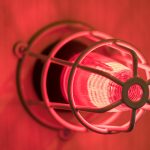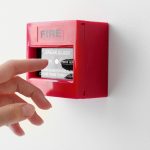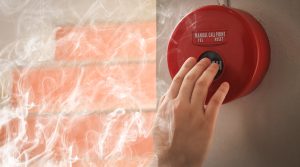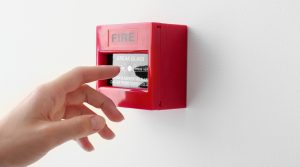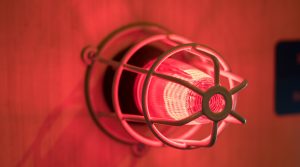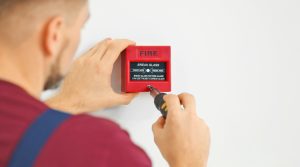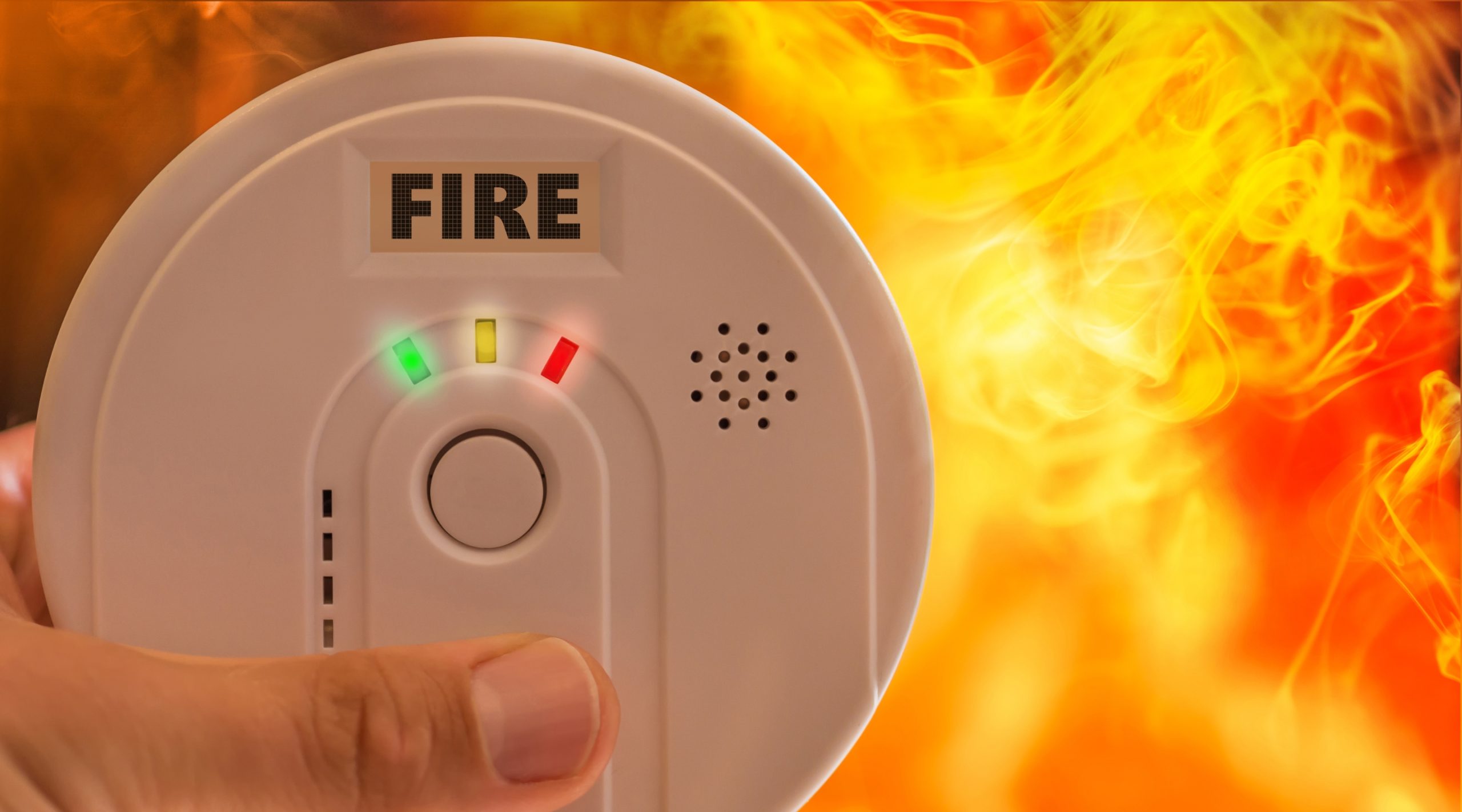
A Complete Guide to Fire Alarm Testing and Inspection
Introduction
Fire alarms are critical components of any building’s safety system in Singapore, designed to detect and alert occupants to fire emergencies. Regular fire alarm maintenance are essential to ensure these systems function effectively when needed most. This comprehensive guide will explore everything you need to know about fire alarm testing and inspection, from its importance and regulatory requirements to the steps involved in maintaining a reliable fire alarm system.
Why Is Fire Alarm Testing and Inspection Important?
Ensures Safety: Regular testing guarantees the system will detect and alert occupants during an emergency, potentially saving lives.
Regulatory Compliance: Many local and national building codes mandate periodic fire alarm inspections to meet safety standards.
Reduces Liability: A properly maintained system minimizes legal and financial risks associated with fire-related incidents.
Extends System Lifespan: Routine maintenance can identify and address minor issues before they escalate, prolonging the system’s functionality.
Fire Alarm Testing vs. Fire Alarm Inspection
While these terms are often used interchangeably, they involve distinct processes:
Testing: Verifies that all components of the system function correctly by simulating various conditions.
Inspection: A visual examination to check for physical damage, tampering, or other issues that could impact performance.
Both processes are integral to comprehensive fire alarm maintenance.
Regulations and Standards for Fire Alarm Systems
Adhering to industry standards ensures fire alarm systems are reliable and compliant. Key regulations include:
NFPA 72 (National Fire Alarm and Signaling Code): Establishes guidelines for the testing, inspection, and maintenance of fire alarm systems.
Local Building Codes: Specific jurisdictions may have additional requirements tailored to local safety needs.
Manufacturer Recommendations: Following the manufacturer’s guidelines helps maintain system warranties and performance.
Steps in Fire Alarm Testing and Inspection
1. Preparation:
Notify building occupants and authorities of scheduled testing to avoid unnecessary panic or emergency responses.
Disable any auxiliary systems connected to the fire alarm, such as sprinklers or elevators, to prevent unintended activation.
2. Visual Inspection:
- Check control panels for error codes or indications of faults.
- Examine wiring, detectors, and alarm devices for physical damage or obstructions.
- Verify that batteries and power supplies are operational and appropriately charged.
3. Functional Testing:
- Smoke Detectors: Use aerosol sprays to simulate smoke and confirm detector activation.
- Heat Detectors: Apply heat using a testing device to ensure proper response.
- Manual Pull Stations: Test each pull station to verify alarm activation.
- Audible and Visual Alarms: Ensure that alarms and strobes activate correctly and are visible and audible throughout the building.
4. System Integration Testing:
- Confirm that the fire alarm system communicates effectively with connected systems like sprinklers, ventilation controls, and emergency lighting.
- Test monitoring services to ensure signals are correctly transmitted to central monitoring stations.
5. Documentation:
- Record all testing and inspection results in a log for compliance and reference.
- Address any identified issues promptly and document corrective actions.
Weekly: Perform basic visual checks of control panels for error messages.
Monthly: Test manual pull stations and visible/audible alarms.
Semi-Annually: Conduct a more detailed inspection, including functional testing of all components.
Annually: Perform a comprehensive inspection and testing of the entire system.
Common Issues Found During Inspections
Dust or debris obstructing smoke detectors.
Outdated or expired components.
Faulty wiring or damaged devices.
Low battery levels in backup power supplies.
Non-functional alarm sounds or strobes.
Hiring Professionals for Fire Alarm Maintenance
While some basic tasks can be performed in-house, hiring certified professionals ensures thorough testing and compliance. Look for technicians who are:
Trained and certified by recognized organizations like NICET.
Familiar with the specific make and model of your fire alarm system.
Equipped with advanced diagnostic tools.
Conclusion
Regular fire alarm maintenance are vital to ensuring the safety and security of building occupants. By following industry standards, adhering to a consistent maintenance schedule, and addressing issues promptly, you can maintain a reliable fire alarm system that meets regulatory requirements and provides peace of mind.
For expert fire alarm services, contact a Singapore fire safety company to schedule your next inspection and safeguard your property today.

